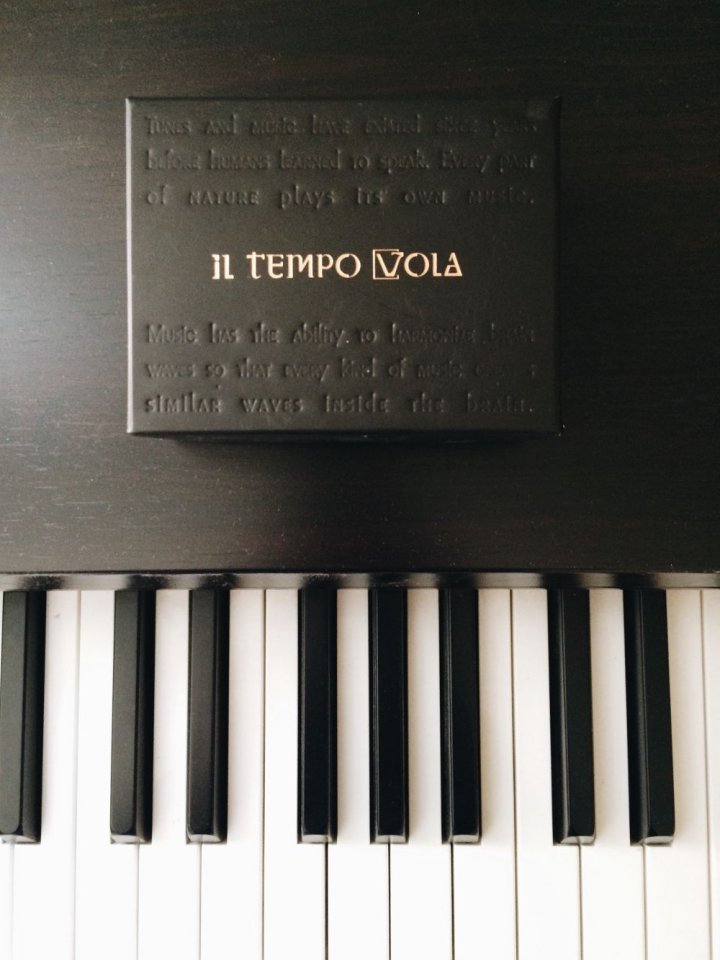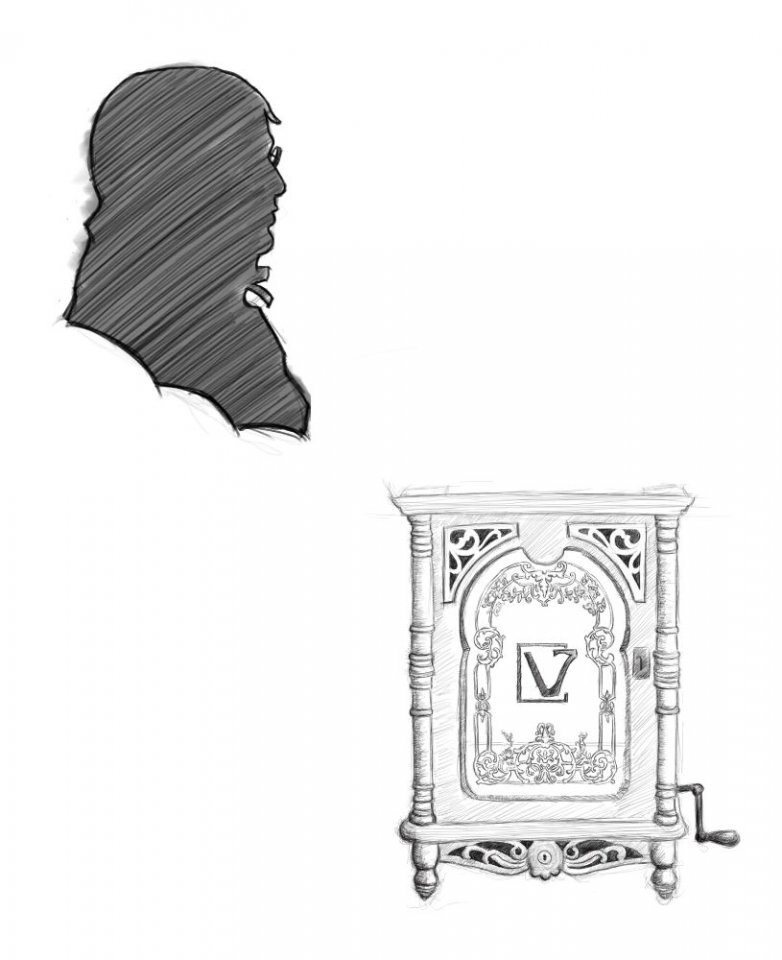
People forget what you say or do, but they never forget how you make them feel. The more senses are engaged, the more influential and enduring the impact will be. This is the philosophy behind the creation of Tempo Vola: to simultaneously stimulate the senses of hearing, smell, and sight. Carillon is the legacy of ancient people for today’s digital world.Through years of research and experience along with an avant-garde creativity, Tempo Vola combines feelings and senses to revive memories.
People forget what you say or do, but they never forget how you make them feel. The more senses are engaged, the more influential and enduring the impact will be. This is the philosophy behind the creation of Tempo Vola: to simultaneously stimulate the senses of hearing, smell, and sight. Carillon is the legacy of ancient people for today’s digital world.Through years of research and experience along with an avant-garde creativity, Tempo Vola combines feelings and senses to revive memories.

Carillon was created in 1796 by Antoine Favre, a Swiss watchmaker. Favre designed a music box and placed it in a tall clock tower to be used as a bell.
By the end of the Middle Ages and after the rebirth of science and art, musical boxes slowly replaced the small bell, and the world of Carillon was formed.
The possibility to listen to music at any time without the need for musical instruments or players quickly made Carillon a well-known, valuable, and special commodity.
In its preliminary design, the box was small enough to easily fit in a gentleman’s pocket. Thus, music boxes were separated from watches and entered their golden era as independent tools. The luxury models of the music box became popular among rich families, and princes used them as presents to show their love. The aforementioned encouraged the designers to place greater emphasize on the quality of sound and visual appeal of music boxes.